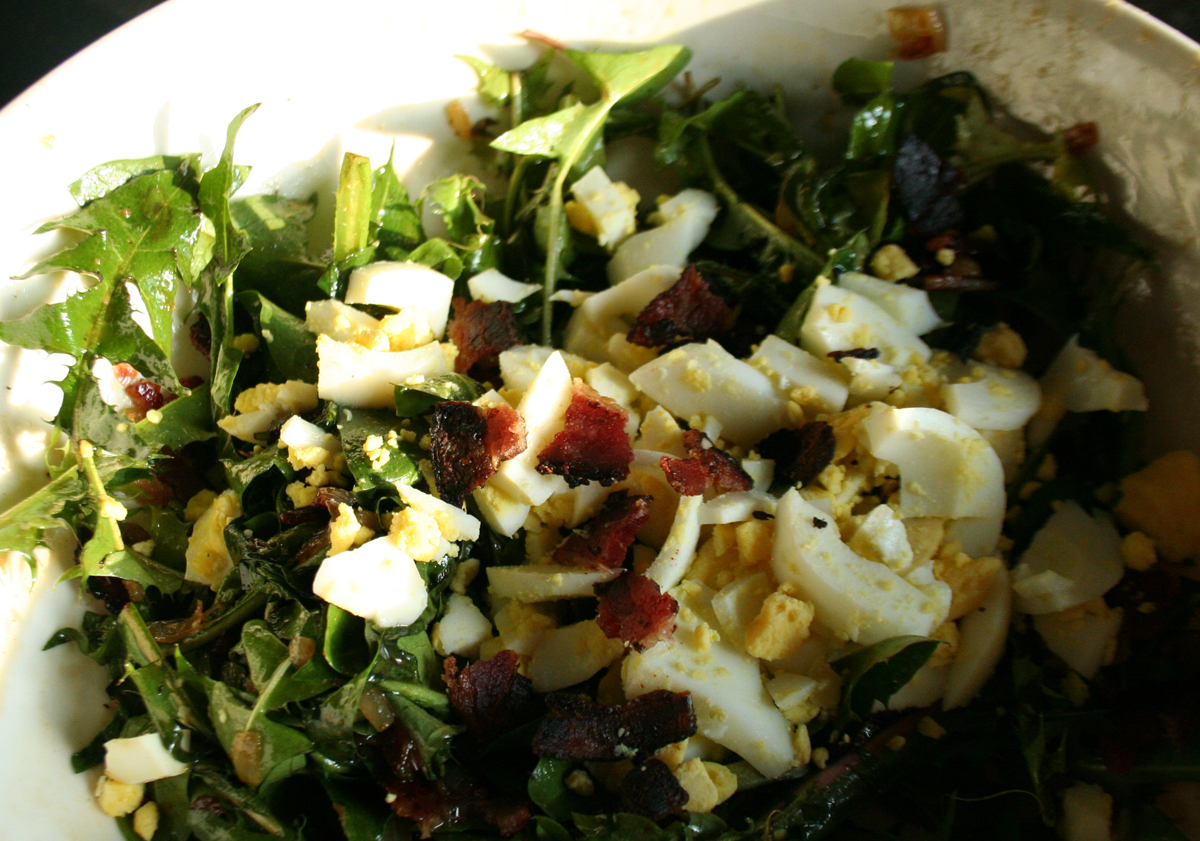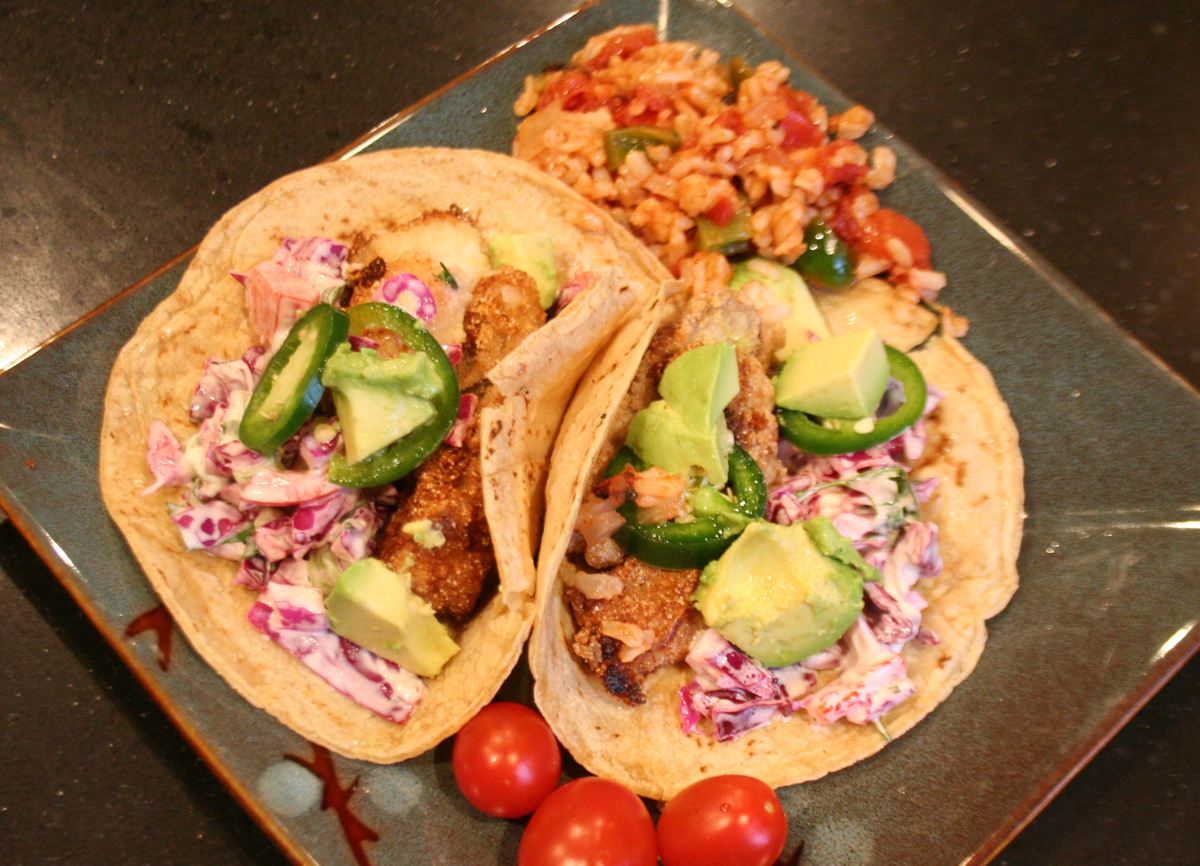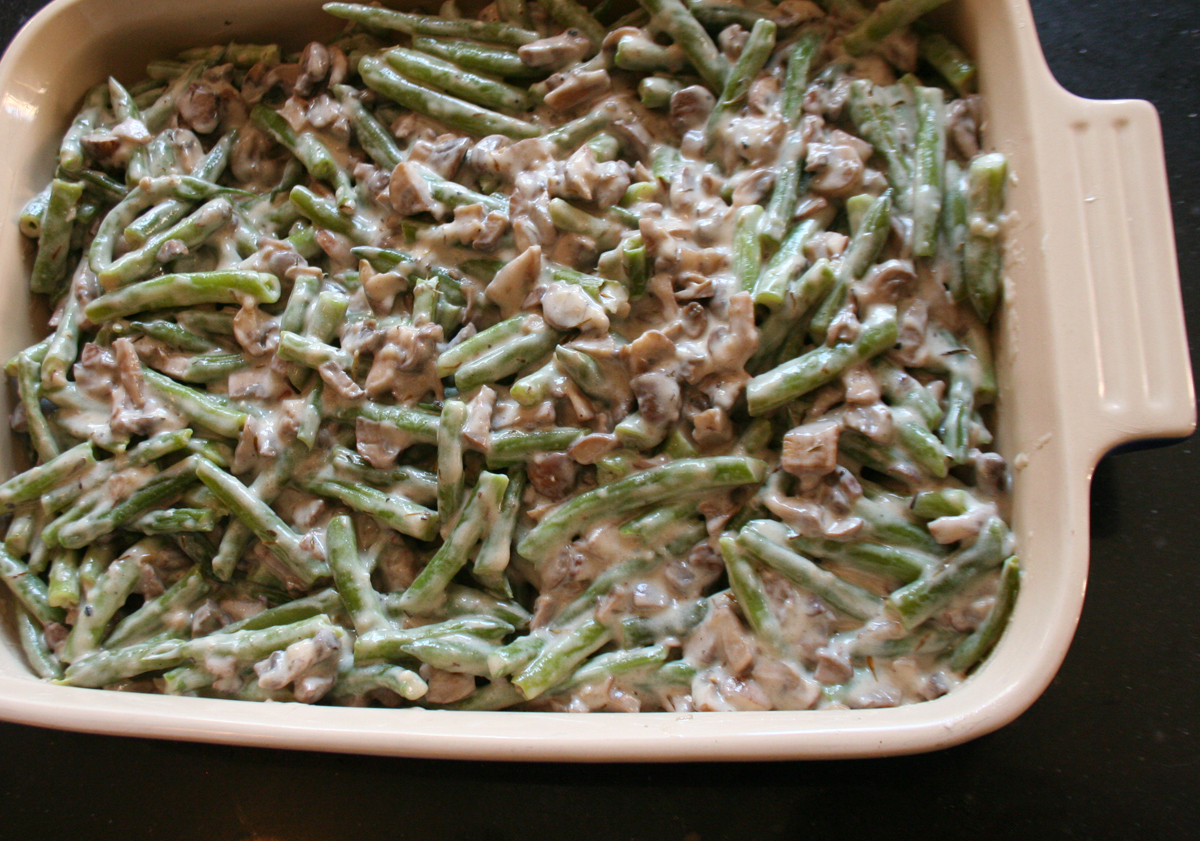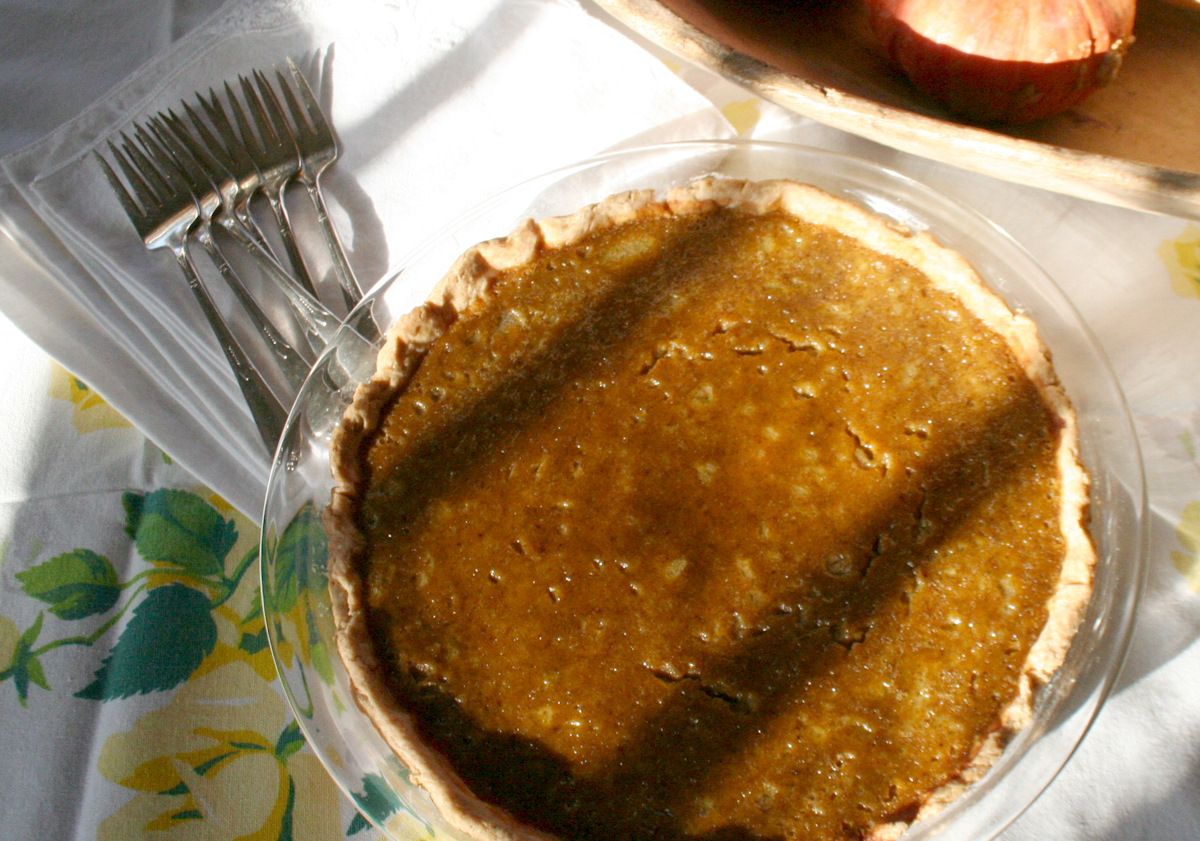Baja-style fish tacos have become increasingly popular over the last 10-15 years. The grilled fish wrapped in tortillas make a great summer dinner. When it's cold out and the hubby isn't too keen on getting outside to grill, we make a Southern version - Baja-Style Fried Catfish Tacos with slaw.
Eating Dandelion greens – the bitter, delicious truth
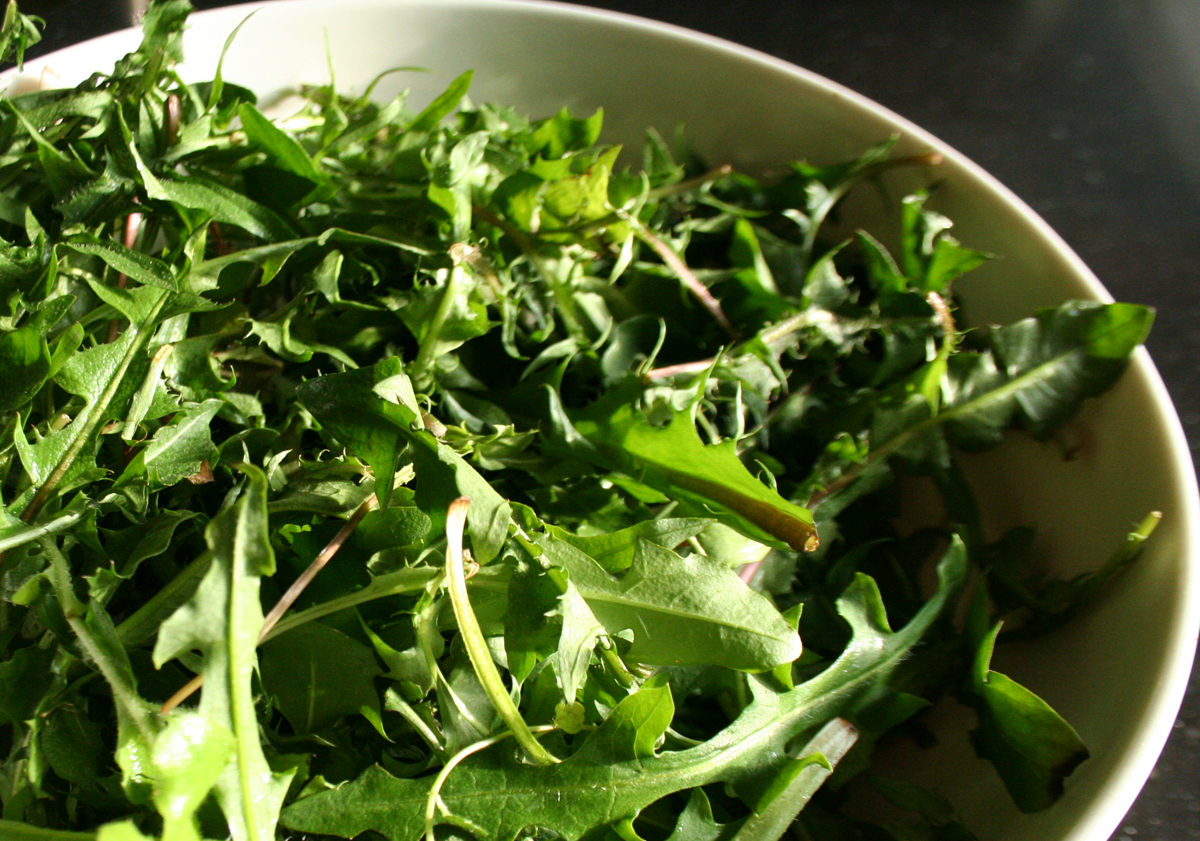
The fact that I can forage for dandelion greens in my urban backyard is a testament to both the tenacity of the plant and my laziness as a landscape gardener. As soon as the weather starts to warm up here in Georgia, I can see that distinctive yellow flower popping up all over my backyard. I’m not one to seek perfection in a lawn, so I rather like the little addition of color back there. Dandelions also provide something that most people choose to ignore – edible dandelion greens. Dandelions are loaded with calcium, iron, vitamins A, B1, B2, B6 and lots of other micronutrients. So…here are the basics on eating dandelion greens.
Foraging for Dandelion Greens
One of my earliest memories growing up in East Tennessee is walking around with my grandmother, picking dandelion greens. I remember the excitement of the treasure hunt. I was probably 4 or 5, but I was good at spotting the yellow flowers and would run ahead to go look for the jagged leaves underneath the bloom. Afterward, she would boil them up and serve them with a little salt and vinegar. Even though I enjoyed hunting for them, I was not that fond of the taste back then. It wasn’t until I developed an adult palate that I came to appreciate the dandelion green’s bitterness and peppery flavor.
Foraging and cooking dandelion greens is a Southern tradition from way back. It’s very much a part of the Appalachian Scots-Irish tradition of picking “potherbs” to serve as a salad or boiled up with a bit of salt pork. Especially in Spring, dandelions and other wild greens can be the first things to sprout in the yard, making them easy to forage. Like arugula, turnip, or mustard greens, dandelion greens can be bitter, so they need to be cooked with a little care.
ONE NOTE: When foraging for any wild edible plants, including dandelion greens, be sure that you are picking them someplace that has not been sprayed by chemicals that could be harmful. No herbicides or fertilizers!
Identifying Dandelions
Dandelions are fairly easy to identify. Dandelion (taraxacum officinale) is known for it’s multi-petaled golden flower. The flower matures into a fluffy, white ball of seeds that blow away with the puff of a breath. The leaves have distinctive jagged leaves, with a triangular “tooth” at the top that give it its name – “dent de lion”, or “lion’s tooth” in French.
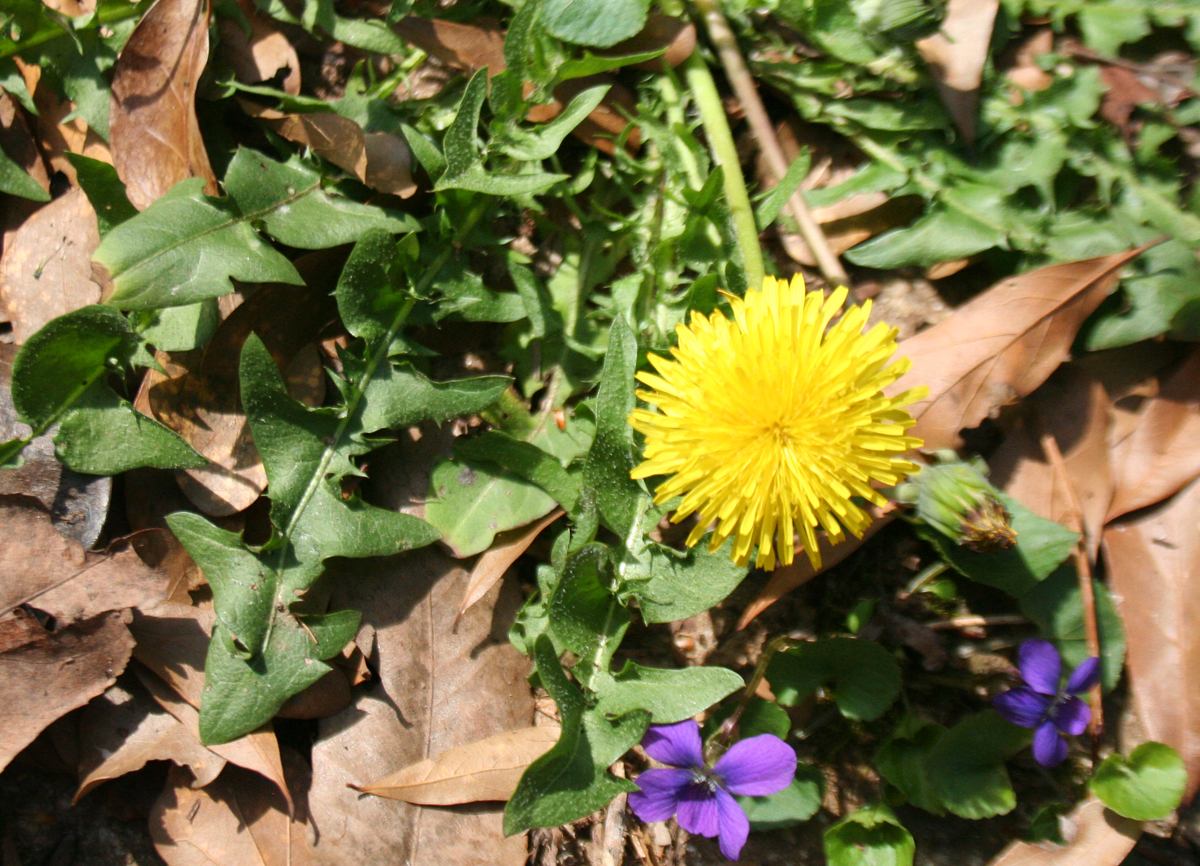
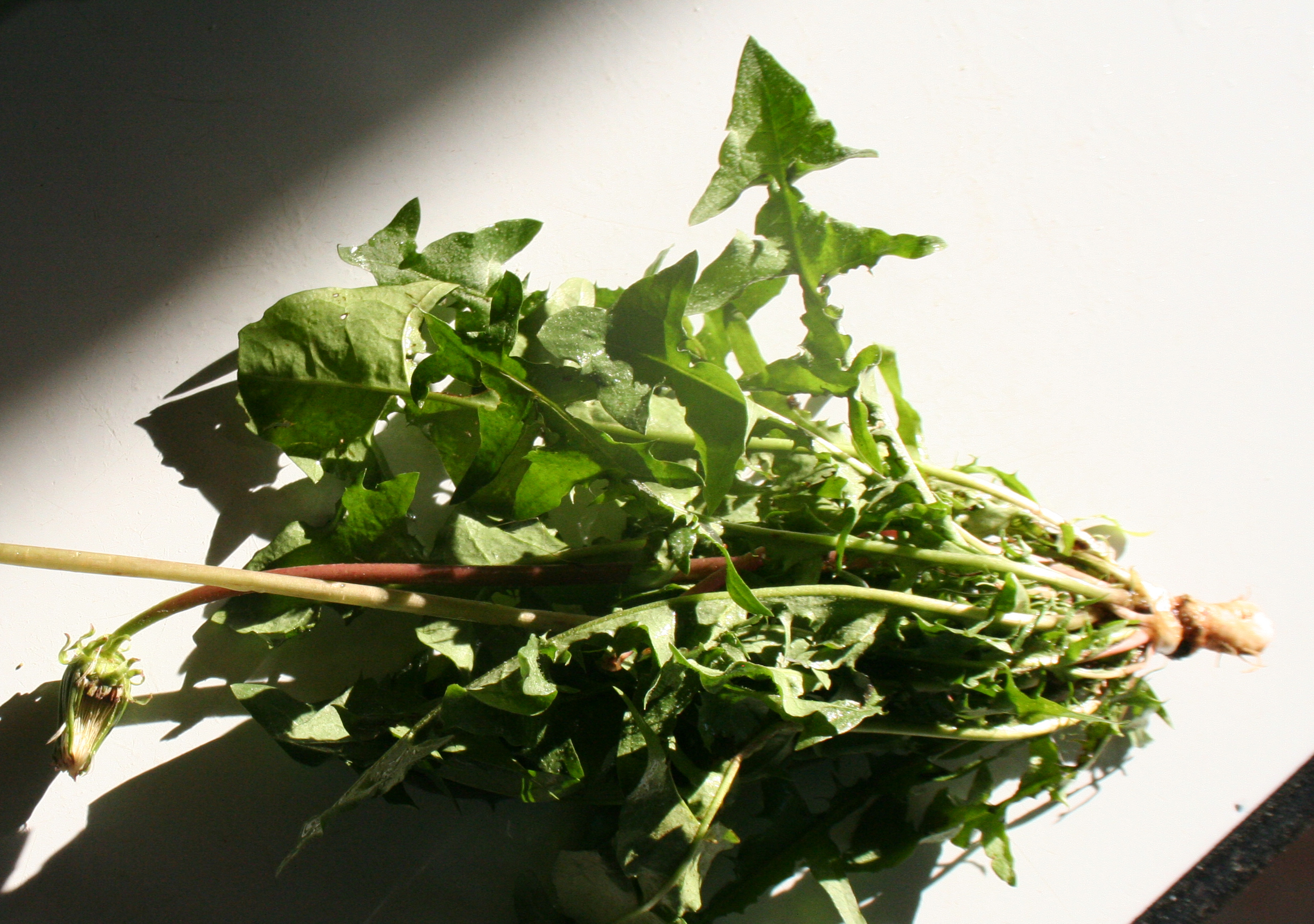
When you are searching for edible greens, there are many common wild plants that come close to the same look that can confuse the forager. The Milk Thistle, or Prickly Lettuce, is one dandelion impostor that I see a lot of in my own backyard here in Atlanta. Just like the dandelion, it has a cluster of toothy leaves that send up a long stem with a yellow flower. But if you look closely, the backs of the leaves stems are prickly and rough. The tap root has multiple nodes, unlike the the one tap root that you’ll see on a dandelion. Milk Thistle can be eaten raw or cooked. It is even more bitter than the dandelion, so proceed with caution.
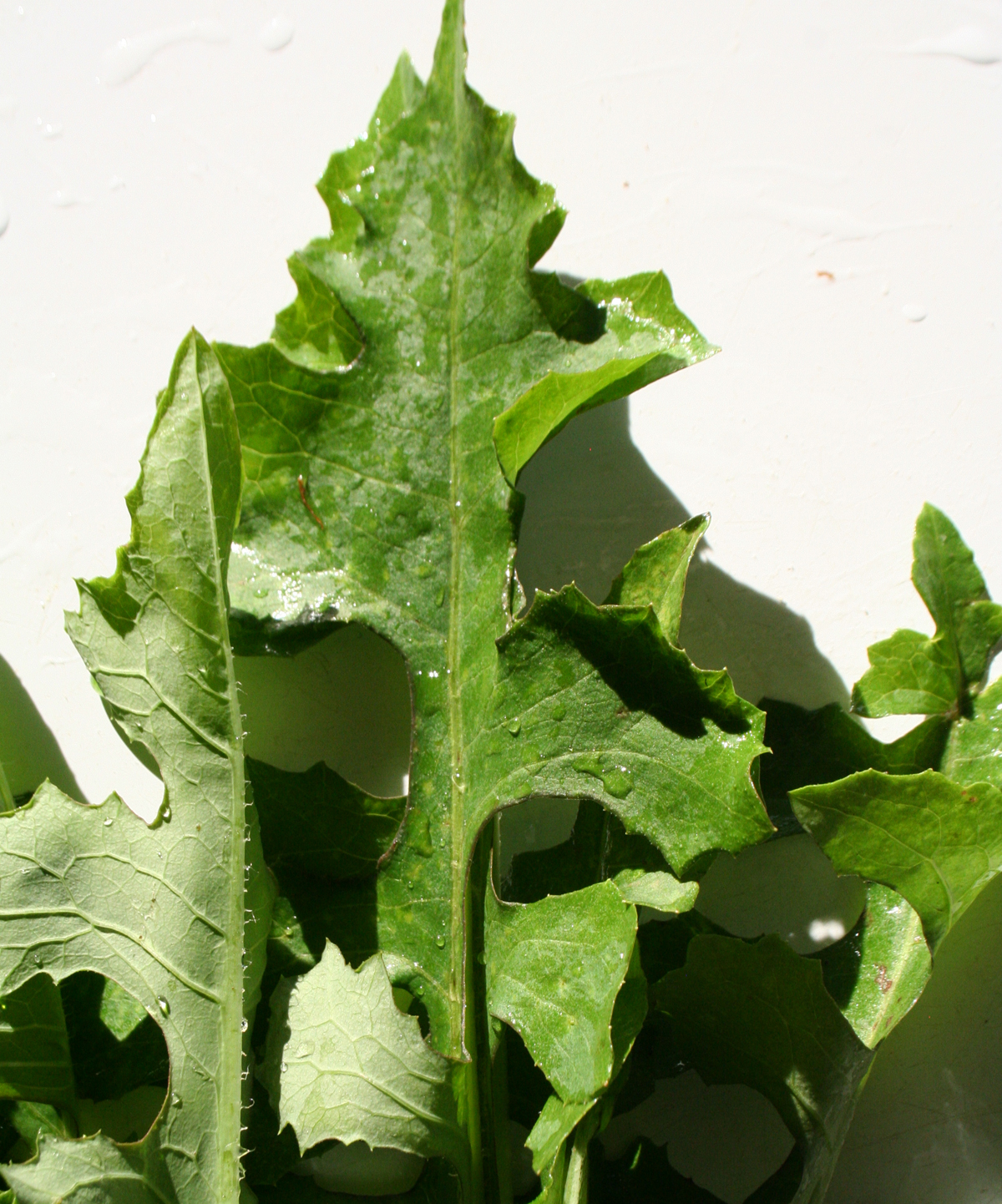
Another weed that looks very similar to the dandelion is the Oriental False Hawksbeard, which is also an edible potherb. It has a rosette of deeply-lobed leaves, which are smooth edged, not jagged. It’s small astor-like flowers grow in clusters on top of a long stem.
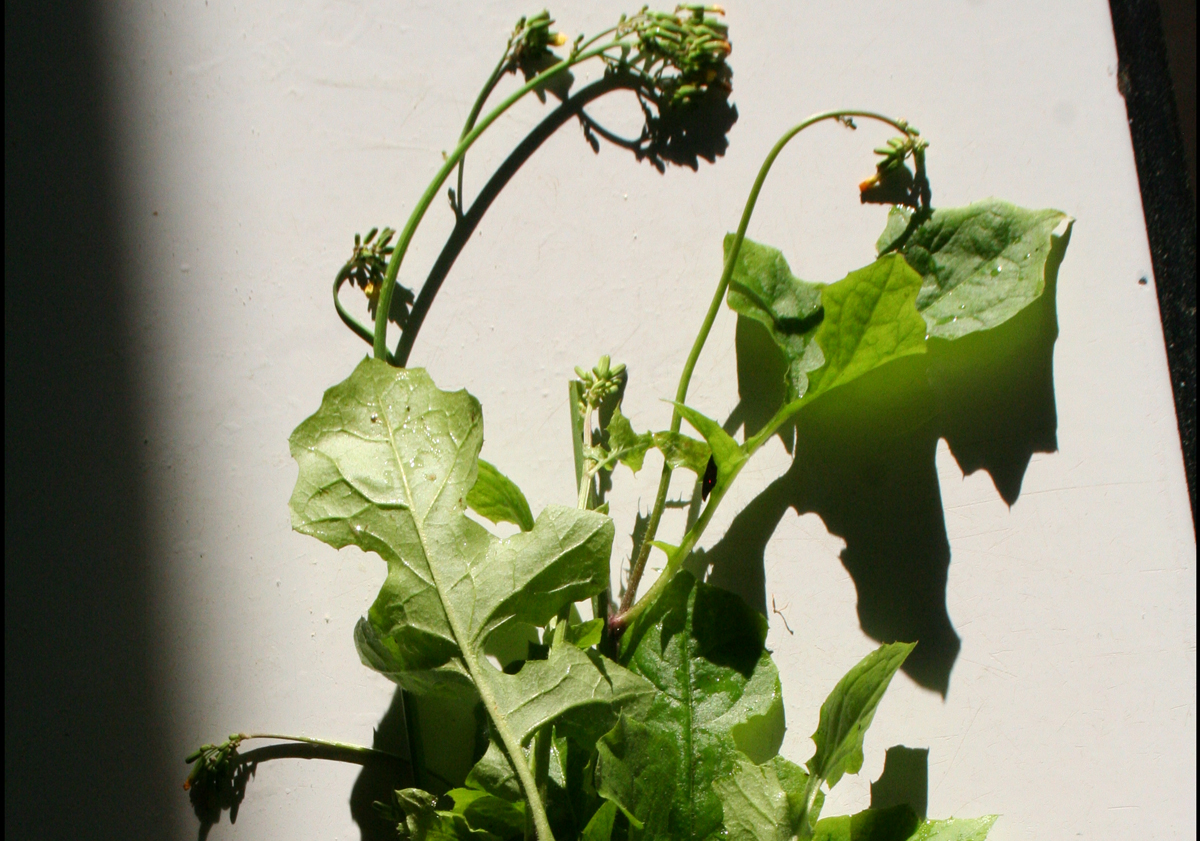
Eating Dandelion Greens
In many parts of the world, dandelion greens are eaten as a potherb – boiled in broth or water and seasoned with a little meat. In the Greece, they are braised and dressed with a bit of olive oil and lemon juice. In France, they are eaten raw in cold salads. In Italy, they are sautéed with garlic, red pepper flakes and olive oil. Once they are cooked, they can be tossed with pasta and served with a drizzle of olive oil and a bit of parmesan cheese.
But the traditional Southern Appalachian mountain way of eating them is in a wilted salad. A wilted salad is made by pouring a hot bacon and vinegar dressing over the greens, “wilting” them. The greens are lightly cooked by the hot dressing, but still maintain their vivid green color and fresh taste. The smokiness of the bacon, the acidity of the vinegar and the sweetness of the sorghum counter the dandelions assertive peppery taste. In this version, an addition of chopped hardboiled egg on the top is also traditional.
Wilted Dandelion Greens with Bacon
2 hardboiled eggs
3 slices of good bacon
1 shallot or small onion, diced
3 tablespoons cider vinegar
1 tablespoon sorghum syrup
1 teaspoon dijon mustard
a large bowl of dandelion greens, cleaned
salt and fresh ground pepper, to taste
- Hardboil your eggs. Let them cool and peel them ahead of time. Set aside.
- Wash your dandelion greens thoroughly, pulling out stray leaves and other weeds. Dry them in a salad spinner. Place the dry greens in a large serving bowl.
- For the dressing, mix together the salt, fresh-ground pepper, sorghum syrup and vinegar in a small bowl.
- In a large, heavy-bottomed frying pan, cook your bacon until crisp. Remove the bacon, but leave the bacon drippings in the pan. Break the cooked bacon into bits.
- Putting the used pan back on medium heat, add the chopped shallot or onion to the bacon fat and cook until translucent (about 3 minutes). Pour the dressing into the hot pan and stir until it is mixed with the onions and begins to simmer.
- Pour the hot dressing over the bowl of dandelion greens and begin tossing until the greens have wilted and are thoroughly coated. Top with the chopped eggs and bacon bits. Serves 4.
